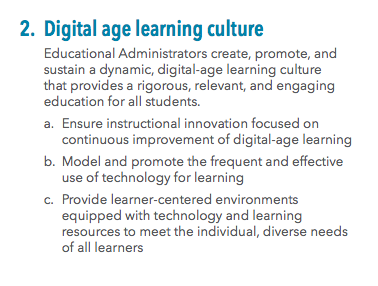A few weeks back, I was asked to work with some educators who were at the senior management level in their board. They told me that they wanted everyone in the organization to model the kind of learning they wanted to see at the classroom level.
We were specifically working on ways to make thinking and learning visible to a wide audience, inviting feedback and conversation.
Certainly we want all of our learners to engage with a broad audience and learn with others outside of their immediate classroom. But if we want to model the kind of learning we expect to see in classrooms, we need a clear picture of what that should look like.
In Ontario, we have several documents to guide our thinking about what classrooms should look like. I have outlined some of those documents below.
_______________________________________________________________________________
Achieving Excellence: A Renewed Vision for Education in Ontario:
http://www.edu.gov.on.ca/eng/about/excellent.html
Specifically: To achieve success, Ontario will:
• Invest in the technology, design and infrastructure required for the classrooms of the future to serve the needs of all communities.
• Invest in innovative teaching practices and instructional methods enabled by technology to more precisely engage and address the learning needs of all students.
• Give students more flexibility and ownership in their learning, allowing them, for example, to determine whether they want to spend more time on elearrning or on learning outside of the classroom
• Provide new online learning and professional development opportunities for both teachers and students, particularly those in rural and remote communities, including opportunities for virtual cooperative education placements.
A Student’s View of the Future: Learning in Ontario
http://www.edu.gov.on.ca/eng/students/speakup/preMSAC.html
“I’m an Ontario student, and my world is constantly changing.
I live in a world where technology is everywhere.
I can connect with a friend in another part of the globe, just as easily as I can with a friend down the street.
When I graduate high school, I will enter a world that is more competitive and connected than ever before.
My education will prepare me for that world.
My school will be a place where my friends and I can be successful, regardless of where we come from.
A place where we are inspired to learn by engaging teachers using new technology.
Our diversity will not be a barrier, but rather a reason for our success.
We will develop the strength of character to overcome obstacles and be resilient, whatever comes our way.
We will feel safe and welcome, and know that our well-being is supported inside and outside of school.
We will be the innovators, community builders, creators, skilled workers, entrepreneurs and leaders of tomorrow.
As an Ontario student, I will achieve excellence.”
_______________________________________________________________________________
To achieve this in our classrooms, what practices need to be modelled by educators?
A good starting point is the ISTE Standards for students, teachers, coaches (professional learning facilitators) and administrators.
This is a sample of the first two standards for school and system leaders:
As leaders, what are we modelling?
As leaders, what practices do we need to change to ensure we are modelling the kind of learning we want for our students? What supports do we need to get there?
Further: In Ontario, as we consider the ways we ask our students to engage in pedagogical documentation, how are we modelling this practice for our students? How do we document our own professional learning?
You can find some great thinking on this topic on the Langwitches Blog here: http://langwitches.org/blog/2014/07/01/documenting-for-learning/




